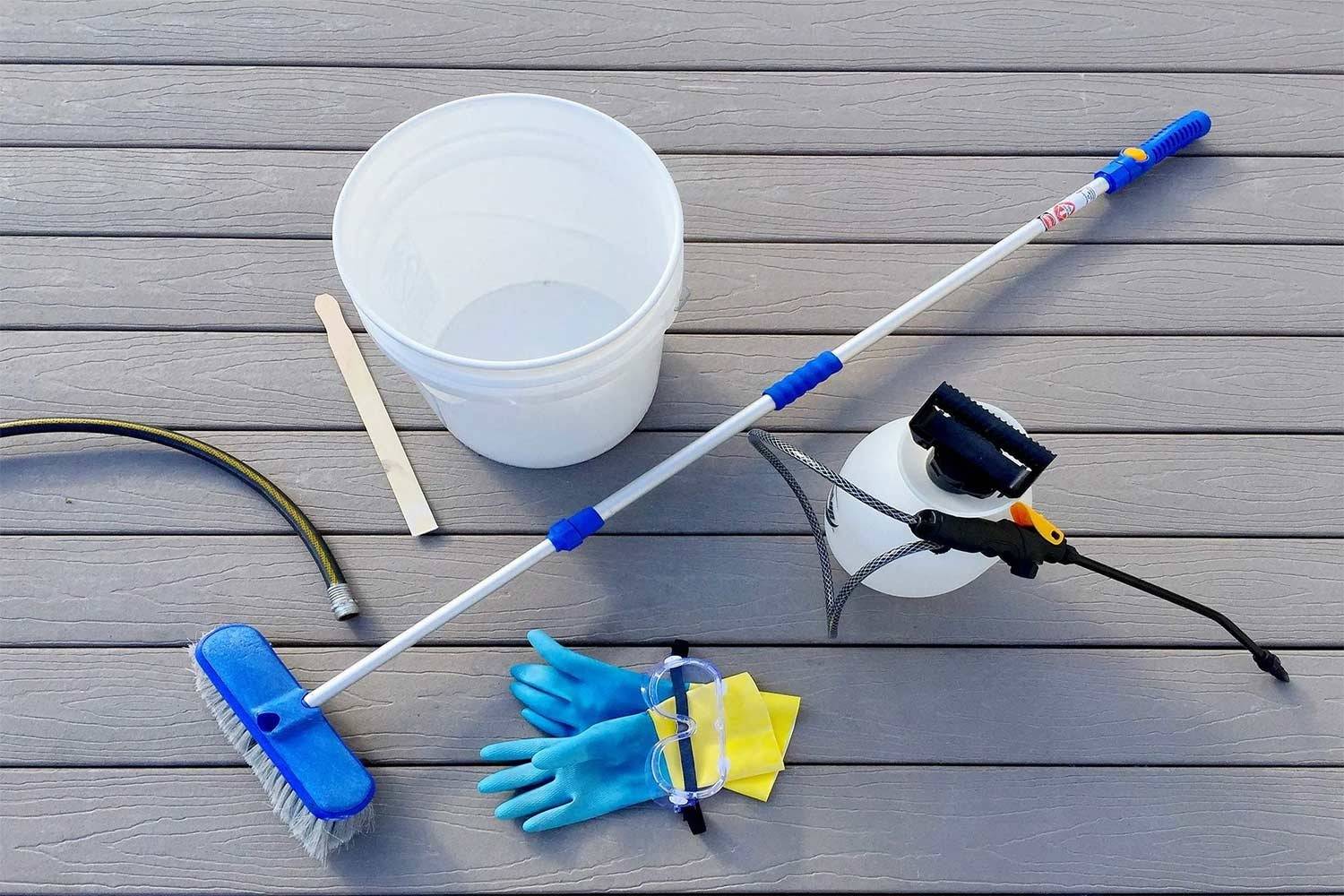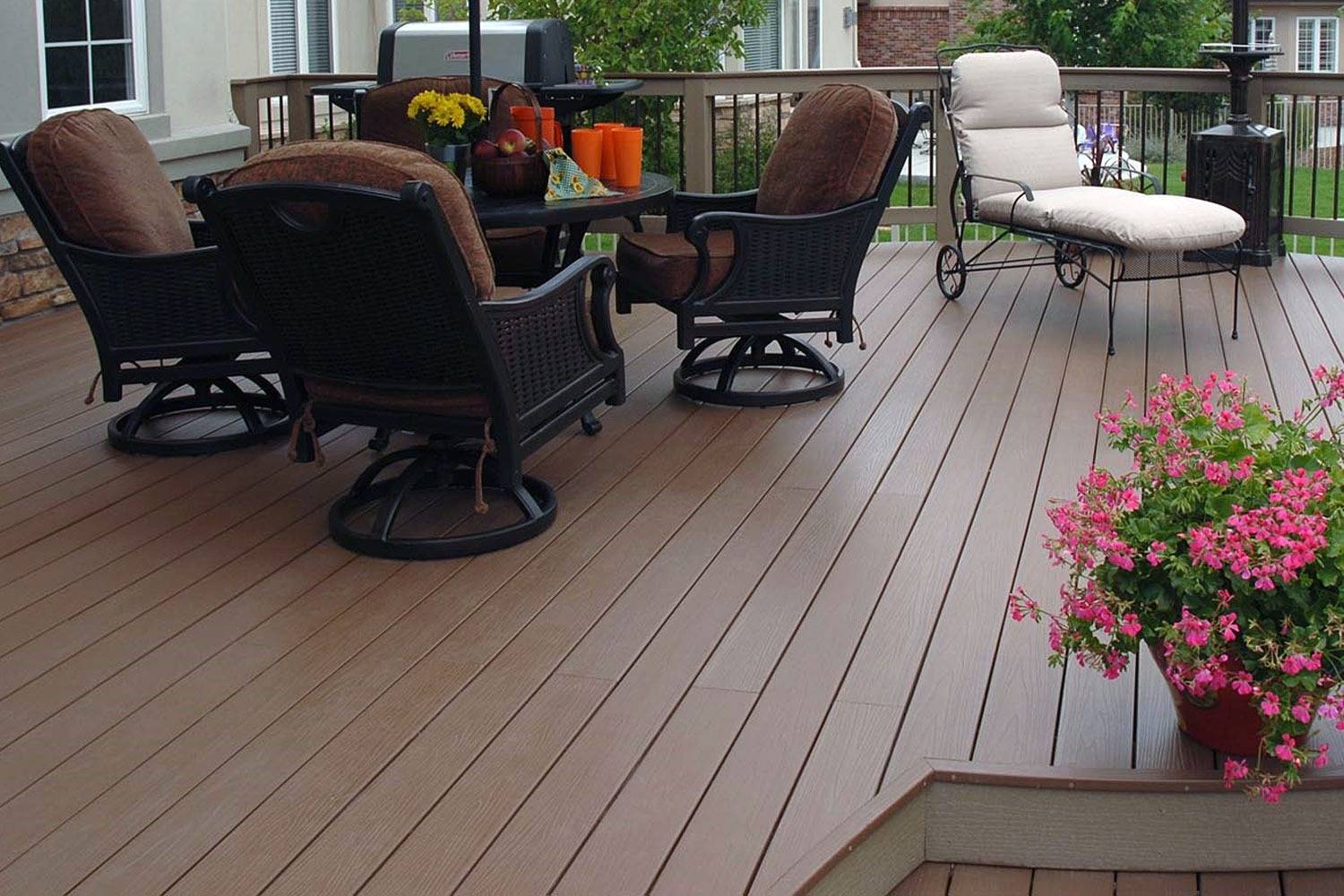There is nothing quite as all-American as the deck on a home. This is where the kids play, the grill is going, and summer always seems to linger a little longer. The wooden deck attached to a home became a status symbol in the fifties, and quickly became a fixture of suburban life. Then, in the 90s, composite decking was introduced to the market, promising a longer-lived and more maintenance-free alternative.
What, then, is composite decking?
Simply put, composite decks are usually crafted from mixing wood fibers with either new and/or recycled plastics. Some composite decking is being made from 100% poly-vinyl. Combined with coloring elements and protective additives, the result is a manufactured product in the shape of a board which is relatively heavier in weight than real wood of the same size. It will not rot or splinter, is highly resistant to warping, and is generally more weather resistant than traditional wooden decking.
Let’s take a closer look at what everyone should know about composite decking.
Solid decking is heavier, looks more natural, but is more susceptible to temperature fluctuation. Hollow decking is cheaper, and needs greater care before installation to prevent damage.
However, over the lifetime of the deck, expenses for composite decking are likely to be lower. This is largely due to reduced upkeep, as well as its longer lifespan.
Because there is no fear of warpage. Boards can be 20 feet in length!
Painting or staining composite decking is unnecessary, since the color pigmentation is added at the time of manufacture. Do you want a pink deck, or alternating purple and yellow boards? You can have whatever you wish. Just remember that, whatever color you choose, you can’t just change your mind and paint over it.
Most sagging is caused by improper spacing between the joists when it is installed. Also, thermal expansion, the fluctuation of temperatures, can have a more significant effect on composite decking than on natural wood decking. Spacing between composite boards, and boards and walls, is usually greater than between wooden boards. Careful, professional quality installation is very important.
Composite decking will get lighter in color tone as it fades. Natural wood, left alone, fades to grey.
Shading the deck is always recommended during the hottest, sunniest days.
Any moisture trapped under composite decking, on top of wood joists, makes the joists susceptible to rot and decay.
Attend to spills as promptly as possible, and keep the deck swept. Expect to hose it thoroughly at least twice a year.
While all deck materials can grow mold, algae, and mildew, wood must be cleaned and resurfaced. Composite decking cannot be resurfaced, and staining can be difficult to remove. It is recommended to apply and maintain a mold barrier, such as UltraBan, from the start to prevent the occurrence of mold. If mold is already present, owners must use special cleaners which will remove the mold, but won’t harm the surface.




